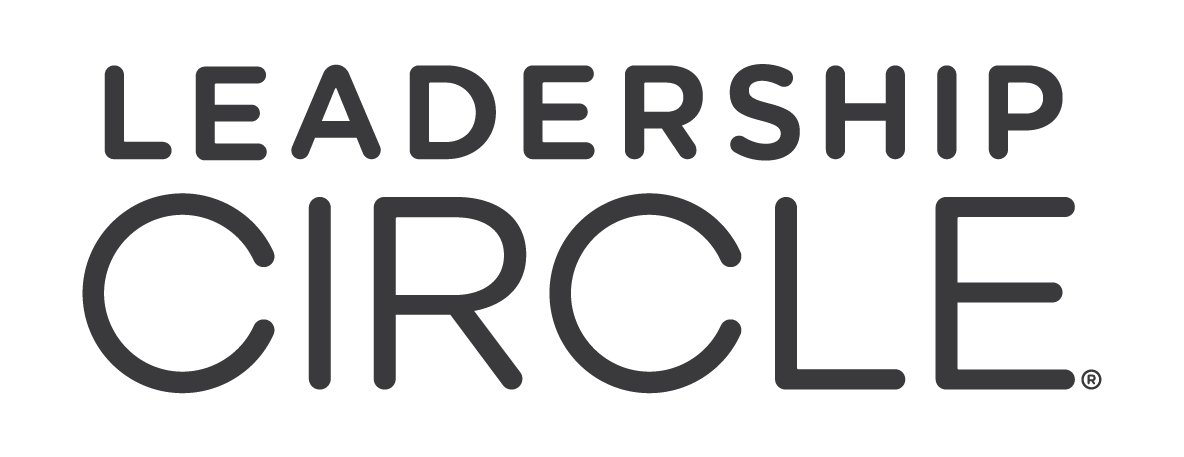Every leader—no matter how skilled—carries blind spots. These are the unseen habits, assumptions, or gaps in awareness that quietly influence relationships and decisions. Left unchecked, they can undermine trust, block innovation, or limit growth. The good news is that with reflection, feedback, and the right practices, blind spots can shift from hidden liabilities into powerful opportunities for development.
What Leadership Blind Spots Look Like
Blind spots don’t always appear as major missteps. Often, they’re small patterns that compound over time. A leader may tune out feedback without realising it, assume their perspective is the only valid one, or hold on too tightly to “the way things have always been done.” Others might over-focus on output and under-invest in developing people.
Another common blind spot is wellbeing. Leaders who equate their worth solely with performance risk burnout and unintentionally model unsustainable habits for their teams. These behaviours don’t come from malice—they often come from habit, pressure, or lack of perspective.
Why Blind Spots Happen
Blind spots thrive in environments where leaders don’t get honest feedback or where reflection takes a backseat to urgent demands. Sometimes they stem from overconfidence, other times from fear of vulnerability. A lack of diversity in networks or experience can also narrow perspective, making it harder to see beyond one’s own frame of reference.
In essence, blind spots are reinforced by comfort zones. When we surround ourselves with agreement, avoid critical feedback, or cling to old assumptions, we unintentionally close off opportunities to grow.
Building Awareness and Closing the Gaps
Addressing blind spots begins with a willingness to look in the mirror. Leaders who actively invite new perspectives and stay open to critique are far better positioned to grow. Here are some practices that help:
- Create psychological safety so team members feel comfortable raising concerns or challenging your ideas.
- Seek diverse viewpoints, both inside and outside your immediate circle, to broaden perspective.
- Review and reflect after major projects—what worked, what didn’t, and what could be done differently.
- Use tools and assessments to surface patterns you may not see yourself.
- Engage a coach or mentor who can challenge assumptions and hold up a mirror with honesty.
Each of these actions shifts leadership from reactive to intentional, transforming potential weaknesses into areas of growth.
The Role of Self-Awareness in Lasting Change
The leaders who make the biggest impact are those who commit to ongoing self-examination. Self-awareness routines—whether through journaling, 360-degree assessments, or coaching—help leaders catch blind spots early before they become ingrained patterns.
At Leadership Circle, our Leadership Circle Profile (LCP) offers data-driven insights that make the invisible visible. It reveals both strengths and reactive tendencies, giving leaders a roadmap to refine how they show up and how they lead.
Final Word
Blind spots don’t define leaders—they challenge them to evolve. By actively seeking feedback, broadening perspective, and embedding practices of self-awareness, leaders can turn hidden limitations into strengths that elevate both themselves and their organisations.
If you’re ready to uncover what you can’t see on your own, explore how Leadership Circle’s tools and coaching can support your growth. Small shifts in awareness today can create transformative leadership tomorrow.




